Get to Know Ryan and Rachel, Chicken Farmers on Maryland’s Eastern Shore
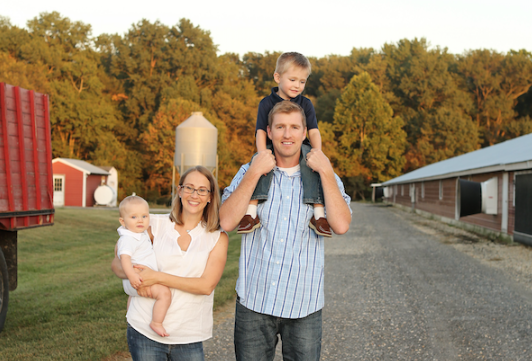
Rachel and Ryan Rhodes own and operate a family poultry farm on Maryland’s Eastern Shore. They have two sons, Oliver and Henry, two dogs (Jelly and Reba), and two crazy cats (Don and Earl) and they produce 570,000 broilers with no antibiotics ever (NAE) annually. They also grow 45 acres of corn, wheat and soybeans.
Ryan has a BS in General Agriculture from the University of Maryland Eastern Shore. Rachel has a BS in Poultry Science from Delaware State University and a MS in Environmental Policy from Wesley College. She is also an Extension Educator in Horticulture and Master Gardener Coordinator for the University of Maryland Extension in Queen Anne’s County. The main focus of her educational programs is to educate residents about safe, effective and sustainable horticultural practices that build healthy gardens, landscapes, and communities.
Every morning I get up before the sun rises, the house is dark and quiet. I start my tea, let the dogs out, and enjoy a few moments of silence before the hectic day begins. While prepping for the day, I watch the sun as it slowly peaks over the tree line, golden rays of sunshine illuminate every blade of wheat like an emerald green road leading to the farm. As the sun rises higher, the light reflects off our five chicken houses. Never in a million years did I imagine when I met my husband nine years ago we’d own a slice of the American dream. My husband Ryan is an 11th generation farmer and a 2nd generation chicken farmer. The aspiration of owning a farm and raising birds was definitely on the forefront for him but not for myself. As we started our journey together, Ryan continued managing his mother’s chicken farm while grain farming with his grandfather, uncle, and brother. It wasn’t until we were married that we decided it was time to branch out on our own.
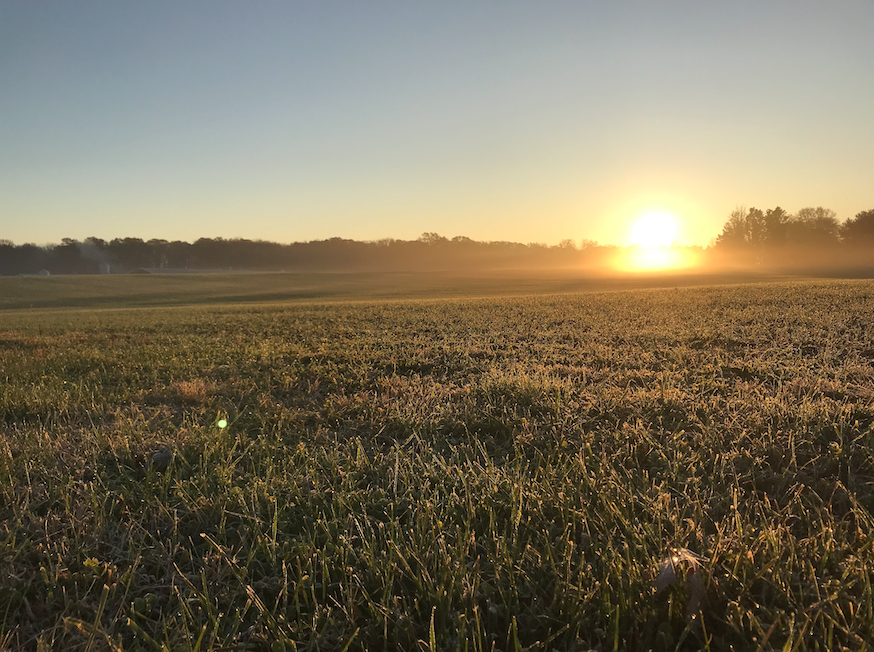
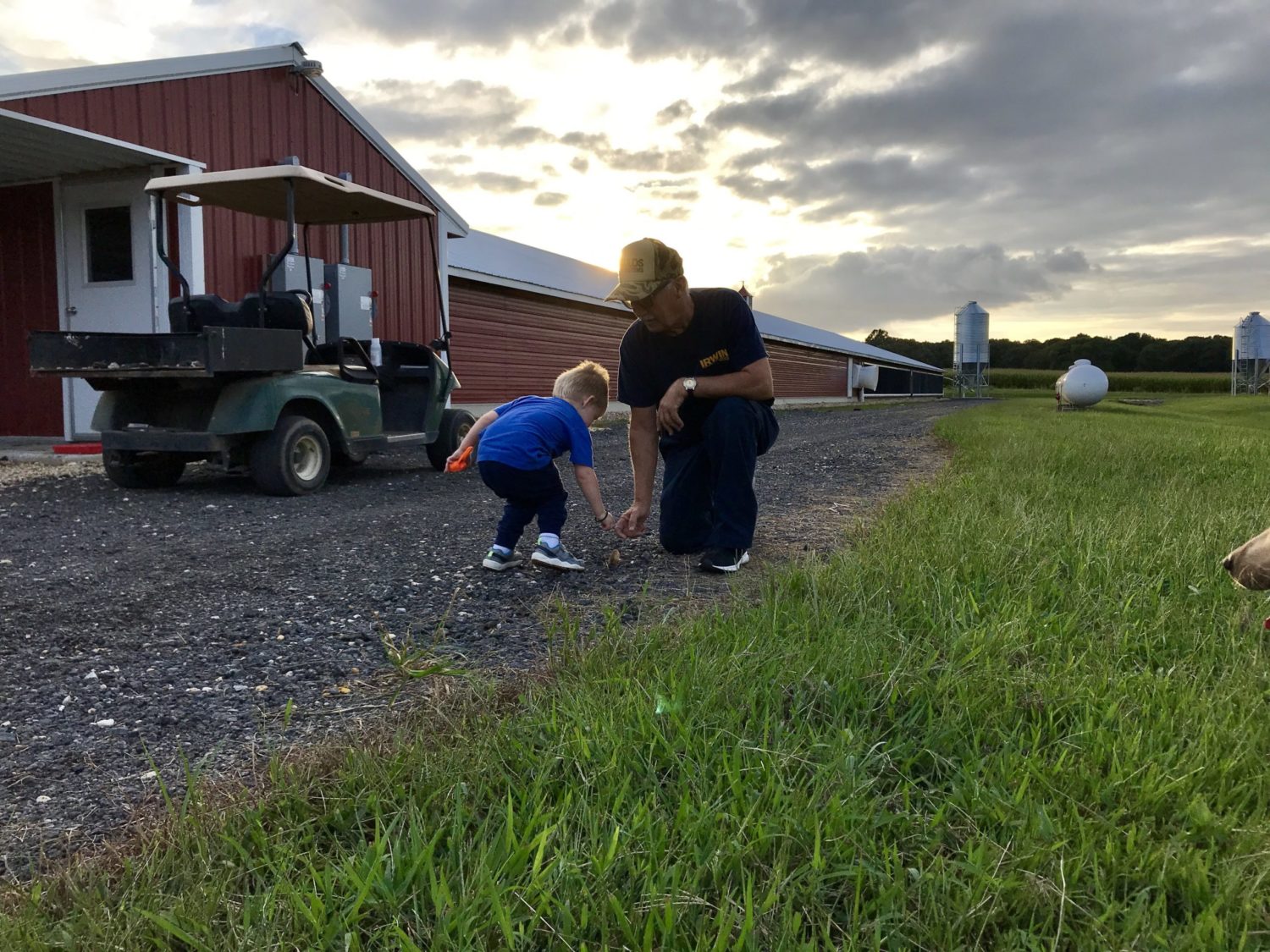
It can be nearly impossible to purchase farmland as young and beginning farmers. Raising chickens allowed us to do just that while providing secondary income to help us manage the unpredictable nature of grain markets. With the help of MidAtlantic Farm Credit and MARBIDCO (Maryland Agricultural & Resource Based Industry Development Corporation) we were able to receive financing to purchase our farm. Their dedication to supporting and financing rural communities far surpasses that of traditional banks. Without them, buying our farm would have been impossible. To help manage the risk and to help prepare us for the future, we did extensive estate planning to ensure that our farm remains in our family. Nationwide Insurance went above and beyond the call of duty when only four short months after purchasing our farm, we had a natural disaster that destroyed two of our chicken houses. Without their support, we would have lost our farm.
When you find your life’s passion, your job isn’t a job, it’s a labor of love. It transcends everything that you do and everything that you are. Buying our farm gave us the ability to share this devotion with our children. Our farm allows us to show them the joy in planting a crop and watching it grow, it gives them the ability to explore the wonder of the seasons and the trials and tribulations that come with each when on a farm, and the reward in caring for animals. For Ryan and I, giving our two children the opportunity to learn the value of hard work is immeasurable. Learning the selflessness of giving your all to growing food (either row crops or animal husbandry) for the consumer, your neighbors or your family is the epitome of the American farmer. Watching our freshly hatched chicks arrive, caring for them, making sure that they have enough food and water, and that they have the perfect environment to grow and thrive so that we can provide healthy affordable food for the consumer is our top priority as farmers.
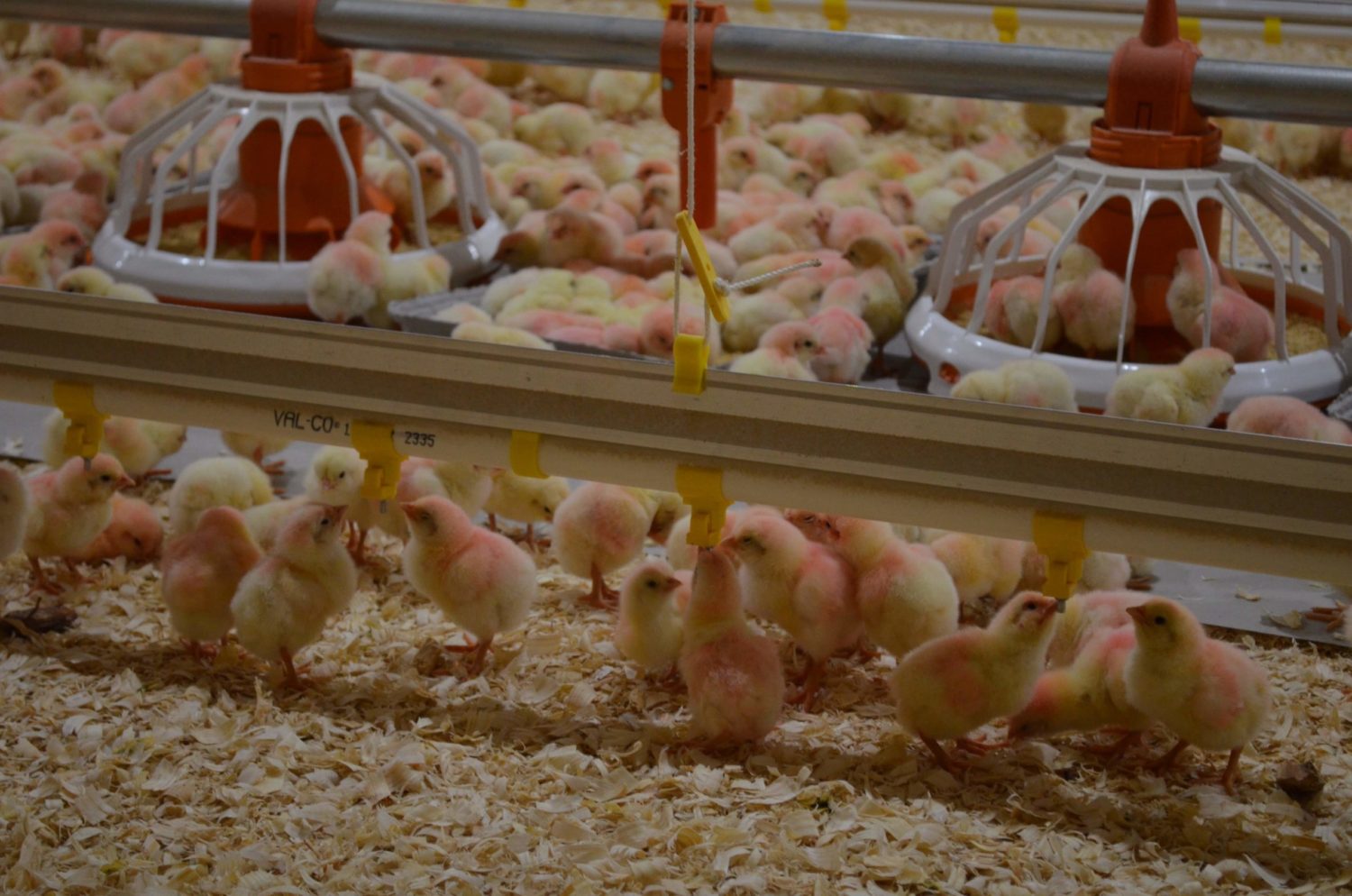

No matter how self-sacrificing a poultry farmer (or farmer) may be, there are huge misconceptions about the industry. Most people are four generations removed from the family farm, information about agriculture and animal agriculture is gleaned from social media and the internet. This means that 98% of the population dictates acceptable standards and protocols about animal welfare and policies when they have no direct involvement in growing food or raising animals. Not coming from an animal agriculture background like my husband, I didn’t fully grasp these issues until I was immersed in them. The health of our birds is just as important as the health of our children because our birds are just like our children. When our children aren’t feeling well, I make a little “treatment sheet,” when they receive medication, how much they are given, etc. The same goes for our birds. When they aren’t feeling well, we carefully monitor how much water they drink, if they’re not as active, if they’re given a probiotic, and how much they’re given. These practices ensure that we’re proactively meeting the well-being of our birds by providing them with the care and commitment that we would give our own family.
Living within the Chesapeake Bay Watershed, environmental sustainability is at the forefront of everything that we do. From how we manage poultry litter (windrowing), to planting cover crops in the fall, to using native plants in our buffers, to remaining in compliance with Maryland Department of Agriculture and the Maryland Department of the Environment regulations, every process is carefully planned and implemented to prevent any negative impact to our world. When you become a parent you look at the world through new eyes. It is imperative we leave this farm better than we found it for our children and their children. As technologies change, we strive to remain current and innovative. When we purchased our farm, our first priority was to convert our lighting from incandescent to LED. LED bulbs use over 75% less energy than incandescent, although the initial cost was expensive; the benefits outweighed with less energy consumption. We’ve also installed windows into all of the houses, the use of artificial lighting has decreased and our chickens are more in tune with the natural rhythm of the seasons. After installing new lights and windows, we tackled putting in new heavy use area pads (HUA’s) at the end of each chicken house. These concrete pads allow us to push back any litter that may come out of the houses when baby chickens arrive or when fully-grown chickens leave. The litter is then windrowed; this process uses active composting to destroy any bacteria or pathogens that could hurt our next flock. After a few years, the litter is taken completely out of the houses and is used as plant food for neighboring farmers. Before the litter is used, we take samples to a certified lab for a nutrient analysis. This safeguard helps prescribe that the right amount of plant food is used, not too little and not too much. The backbone of our farm and farming practices is to do the right thing, to help keep our environment safe and sustainable for our children, our neighbors children, and families we don’t know, and to produce healthy birds. There are no guarantees in this industry, but we do what we do with our whole hearts.
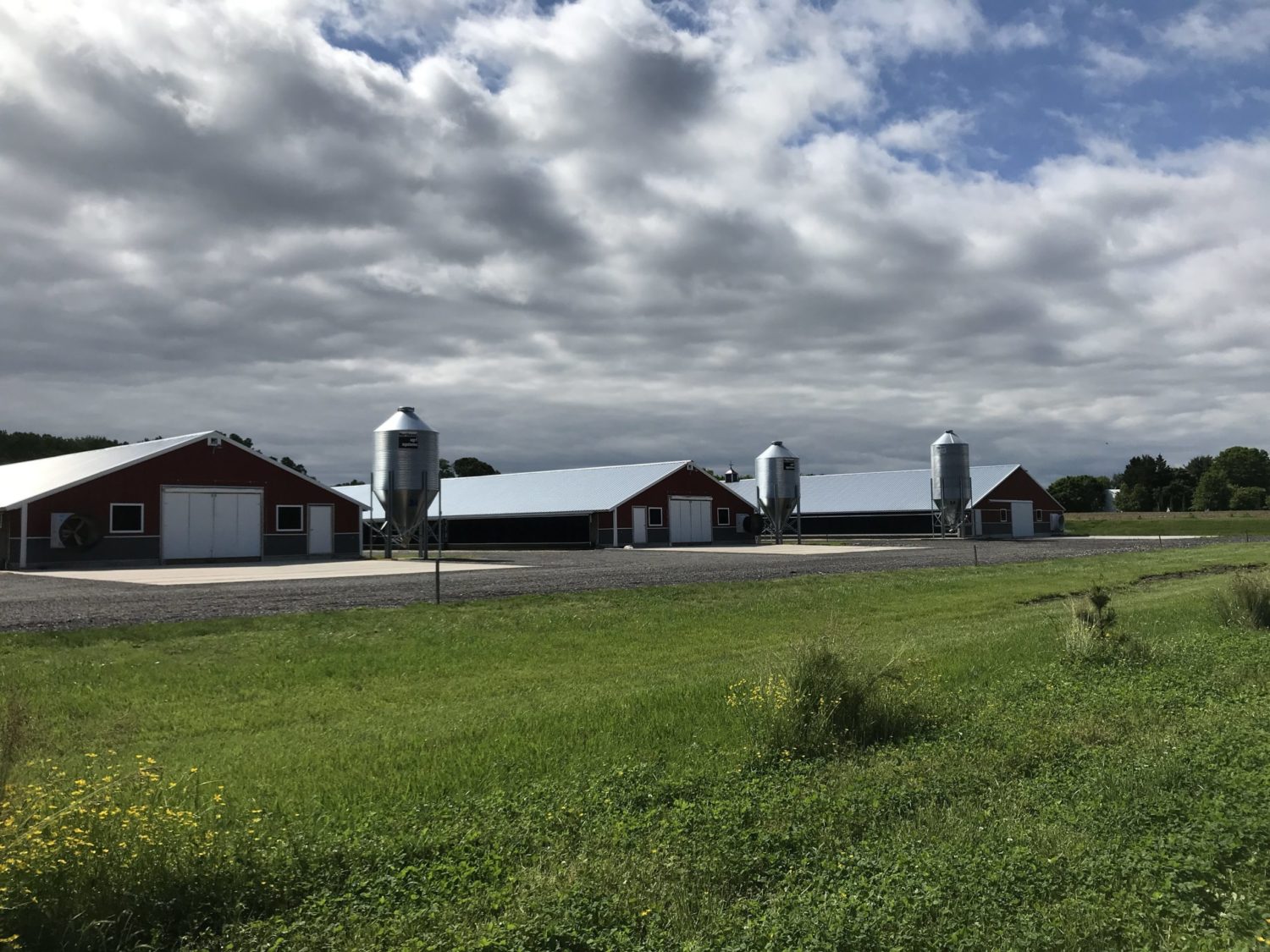
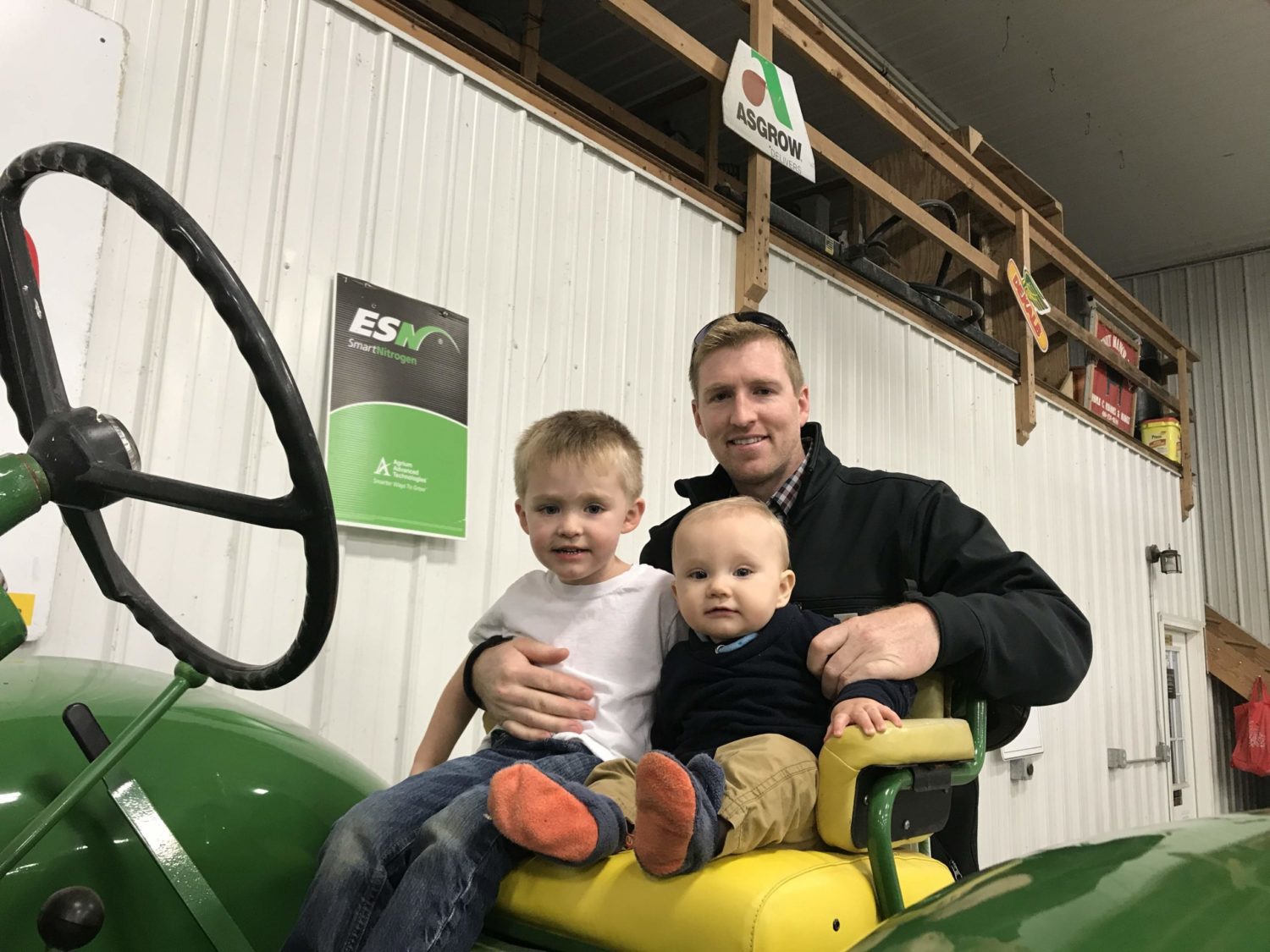
What’s your favorite chicken dish?
First of all, what isn’t our favorite chicken dish??? We love them all. From homemade chicken broth, that becomes the base to chicken and dumplings, chicken potpie, or chicken noodle soup, to chicken satay, to wings (of course). Here are two of our favorites:
1. Spatchcock Chicken on the Grill
Use a strong pair of kitchen shears to cut alongside the backbone from end to end. Discard the backbone or save for when you make chicken broth. Take a cast iron skillet and press firmly down on the chicken to flatten it all the way out. Marinade for 2-4 hours. I like to use the classic “Eastern Shore Firehouse Recipe” (apple cider vinegar, oil, egg, poultry seasoning and pepper).
When ready to cook, set temperature on grill to 375. Place the bird breast side up for 35 to 40 minutes or until a thermometer registers 160F. I like to baste the bird a couple of times with the left over marinade and I always do a couple sprinkles of Old Bay or J.O. Spice after basting.
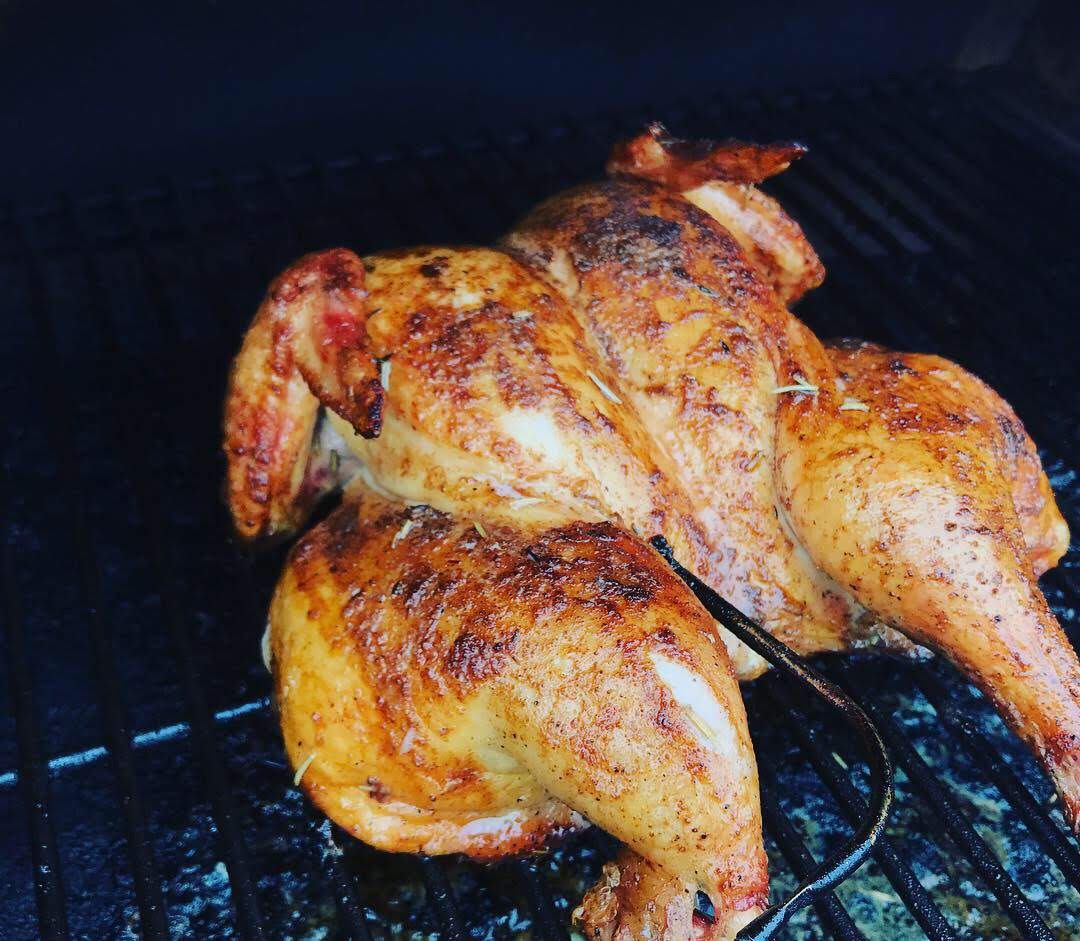
2. Chicken Wings: (with Sriracha wing sauce)
Sauce: ½ cup sriracha, ¼ cup soy sauce, ½ cup honey, 2 TBSP sesame seed oil, 1/3 cup of your favorite BBQ sauce. While the wings are cooking mix: Sriracha, soy sauce, sesame oil, honey and BBQ sauce. Whisk to combine and heat through on the stove top
Set temperature of your grill to 375F. While grill is preheating dry off wings with a paper towel. Place the wings in a large bowl and sprinkle with cornstarch (2 TBSP), and salt to taste. When the grill is heated place the wings on the grill and cook for 35 minutes turning halfway through the cook. Check the temperature at the 35 minute mark. The internal temperature should be 165F. I like to shoot for 175-180F because they have a better texture. When the wings are done put them in a bowl and pour half the mixture on them. Put back on the grill for a few minutes (no more than 5 minutes) this lets the sauce set. Reserve the remaining sauce for dipping.
Written by Rachel Rhodes
Photography by Rachel Rhodes & Ashley Stubbs, dKin Photography